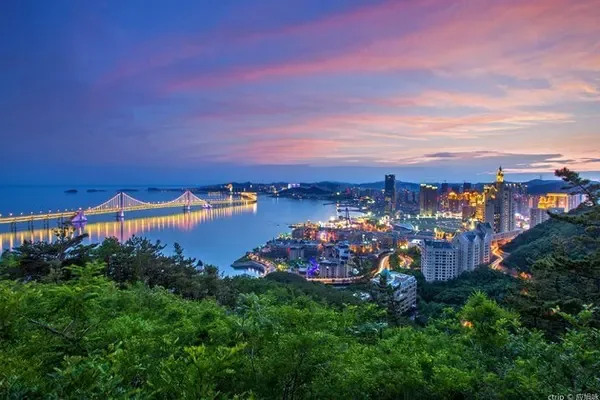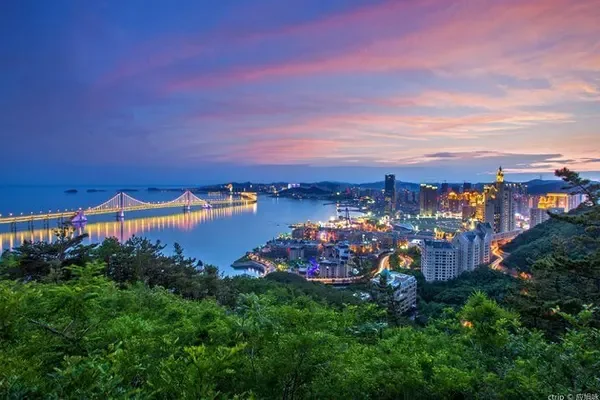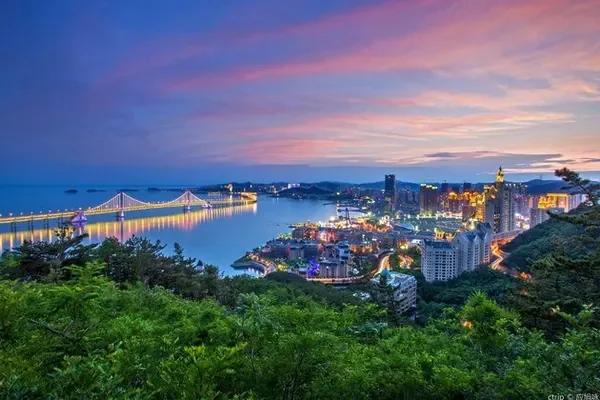China is so big, I want to visit it. Take you to a place you have been or have not been to.
All the way to the west, Ganzi Yajiang, the city of river cliffs
From Kangding, the city of love songs, to Ganzi Yajiang by car, it was in 2011. There are many private cars soliciting customers in Kangding City, and it takes 4 hours to get to Yajiang.
Kangding City looking for a car

As soon as the car left Kangding City, it immediately changed its appearance. Driving in the valley, there are winding roads everywhere. In fact, even if there are expressways and high-speed rails in the future, you will not be able to see such landscapes along the way.





Because it is an area with frequent geological disasters, the road conditions are not good, but there are always scenery along the way. The Ganzi area in western Sichuan is located in the Hengduan Mountains in the southeast of the Qinghai-Tibet Plateau. It belongs to the transition zone from the first to the second step of China's high and low terrain. The terrain is rich and the landscape is rich. It can only be passed by in the car.


Very capable Tibetan women guarding the road.

There are quite a few self-driving bikes on this road. Those who ride from Chengdu to Lhasa are all heroes.



Kham men are much more unrestrained. They like to put ribbons and other decorations on motorcycles, speakers are installed on the handlebars, and the music is loud. They love music, and they don't have license plates.

The altitudes of Kangding and Yajiang counties are both more than 2,000 meters, but the journey has to cross a high-altitude pass. How high is it?


There are plateau grasslands here.

After four or five hours, I went from Kangding to Yajiang, passing Xindu Bridge, a beautiful plateau grassland, but I have no plans, I will save it for the next time.
Although there are no tourist attractions in Yajiang County, those who have been top-notch in the past have to rest here to rest and prepare for departure.
The county is not big, and the accommodation is still very convenient.



Yajiang County is located in the southeast of Ganzi Prefecture, Sichuan Province, in the middle reaches of the Yalong River, in the transition zone between the alpine valleys and grasslands of the Hengduan Mountains in the southeast of the Qinghai-Tibet Plateau. The Tibetan name "Yaquka" means "river mouth".

The cliffs on both sides of the Yalong River Canyon are steep, but the terrain near Hekou Town is relatively flat and the river is open. At the end of the Qing Dynasty, Zhao Erfeng, Minister of Border Affairs of Sichuan and Yunnan, recruited more than 20 sailors and a large number of craftsmen from Ya'an to build boats in the Yalong River. These sailors and craftsmen built houses and settled near the ferry, and gradually formed a village, becoming the earliest residents of "Hekou Village". When the county was established, it was named after the mouth of the river, and later it was renamed Yajiang because the county government is located beside the Yalong River. The Yalong River Ferry in the area of the Yalong River has been the only ferry for the inland, Kham and Tibet trade since ancient times, and it is "the first crossing of the ancient tea-horse road".
The county seat is built on the cliff of the Yalong River Canyon, and it is a veritable city of river cliffs.




Yajiang is dominated by Tibetans. The old county town was built on the high cliffs of Yalong River. I am amazed at the superb architectural skills of Tibetans.



There is no hustle and bustle in the small county. If it weren't for the donkey friends here, few people from the mainland would come.




The kid doing homework, you can't tell she is Tibetan, she is doing homework in Tibetan.

Those who sell snacks along the street are from Sichuan.

Yajiang Bazaar

Walk around the county at will to see Tibetan-style houses. The Tibetan-style dwellings here are generally made of local materials, and the walls are built with stones, which are regular and strong. The roof is also covered with stone slabs, and the pieces are tight. This is an earthquake-prone area, but houses and even watchtowers rarely collapse, which shows their superb masonry skills. Houses are generally built with three floors, with livestock on the bottom floor and people living upstairs to store things for the Buddha.







There is a Lama Temple on the cliff, from which you can overlook Yajiang County.




I went to Yajiang in summer, which is the season for matsutake picking. At first, matsutake was not liked by the local people, and few people liked to eat it, but Europeans and Americans regard matsutake as a delicacy. After the reform and opening up, matsutake became a state banquet product as the west wind spread to the east. Yajiang is the "Hometown of Matsutake in China". (Awarded by the China Edible Fungi Association) Matsutake grows in the forests of mountains above 3,000 meters above sea level. It is not easy to get up early to pick in the mountains and come back to trade in the evening.


In the evening, wherever there are Tibetan compatriots, they will gather in the square to dance Guozhuang dance.

The altitude of Yajiang County is about 2,500 meters. Another group of donkey friends arrive in the evening and another group of donkey friends leave in the morning. This is Yajiang.





